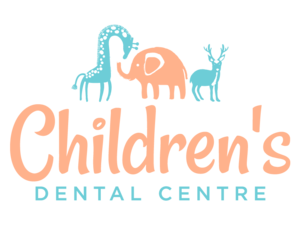Safeguarding Children: Child Abuse and Neglect
The maltreatment of a child is a horrifying and deeply saddening occurrence and with one in thirty-two Australian children receiving child protection services, exposure to such cases when dealing with paediatric patients is inevitable.
The notion of identifying and raising concerns regarding a child’s welfare is undoubtedly very daunting for us as dental professionals, and there may be a tendency to ignore the little voice in the back of your head that is saying “something is not quite right here…”
Is This Really A Big Issue?
In 2015-16 there were more than 350,000 notifications (involving 115,000 children) regarding child abuse and neglect raised in Australia. Of these close to 61,000 were substantiated (there was an investigation and reasonable cause to suspect harm). Sadly, this is only the reported figure with many likely cases also unreported due to ignorance or fear on a suspecting adults behalf. So what can we do about it?
Child Abuse and Neglect and the Dental Team
The dental team can become aware of safeguarding issues by several means, including:
Direct disclosure by the child or another person
Presentation with signs and symptoms consistent with abuse or neglect
Observing the interactions between the child and accompanying adult
Studies have found that there are orofacial signs evident in 38% of abused children.
There are 4 types of abuse, however, it is really important to remember that these categories often overlap and you need to look at the whole picture. Here are examples of clinical findings associated with each type:
Physical
Atypical injury sites: children tend to injure themselves on bony prominences; so injuries noted on soft, fleshy parts of the body should trigger concern eg. Cheeks, ears, upper arm…
Injuries inconsistent with the developmental stage of the child: toddlers that are learning to walk are very likely to have falls which can often result in significant orofacial injuries, however a torn labial frenum in a non-ambulatory baby is much less likely to occur organically
History given does not fit the clinical findings, responsible adult does not let the child say his version of the event and delay in seeking treatment
Bite or burn marks
Multiple injuries in different stages of healing
Emotional (most common form of child abuse and neglect in Australia)
Much more discrete and often harder to identify than the other type
Inappropriate, abusive or neglectful language by the responsible adult
Abnormalities in the child’s emotional state and intellectual and social development
Sexual
Ulcerations and vesicles consistent with a sexually transmitted infection
Erythema and bruising on the hard palate indicating forced oral sex
Neglect
This will be covered in more detail in Part 2 of this series
If you complete your history and examination and are left with a niggling “something doesn’t quite add up” feeling – it’s time to act.
In the next post, we will be looking into the topic of dental neglect and what action to take if you suspect child abuse or neglect in your dental practice.
For those that are more interested in the topic, please susbscribe below and we will email you a more detailed over-view of this very important topic
Thanks for your time!
Leanne Paterson



